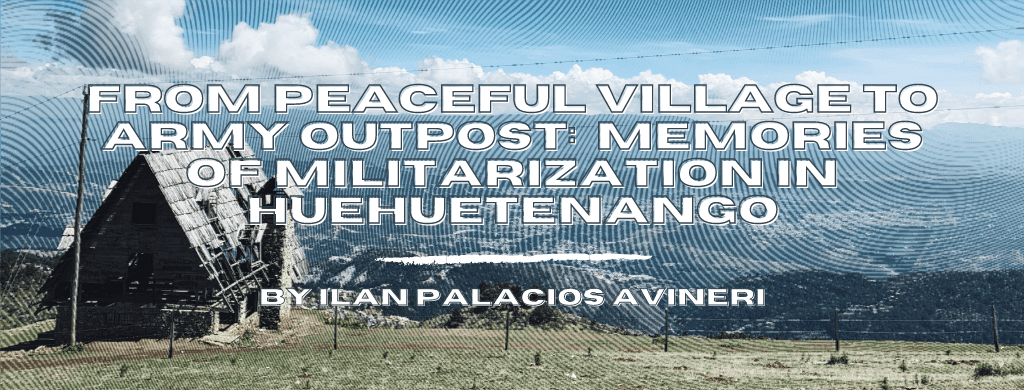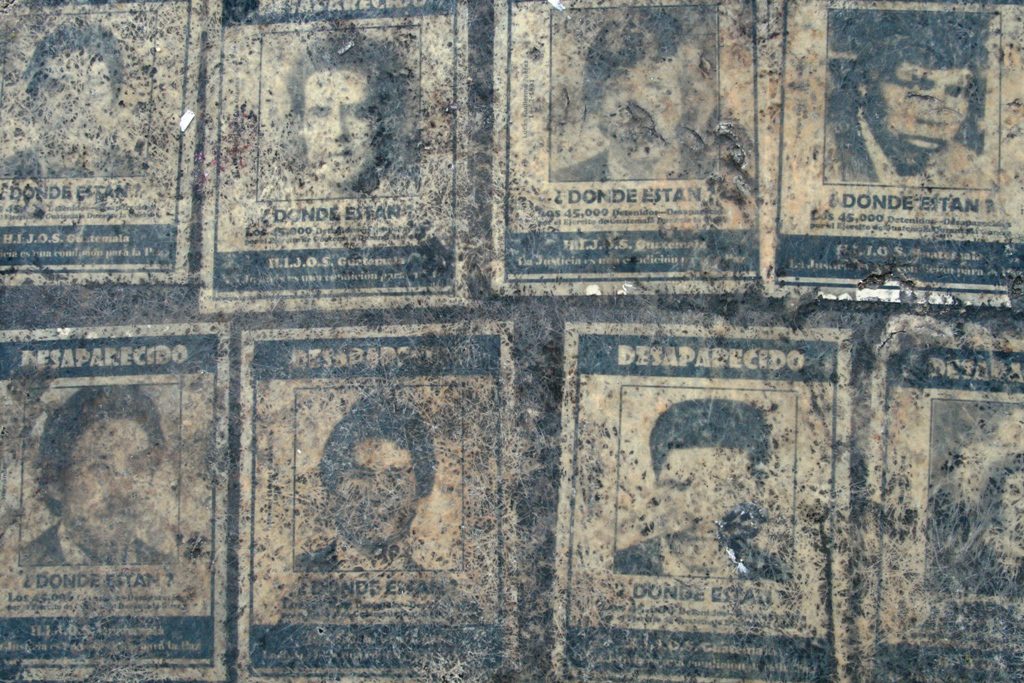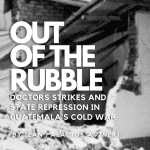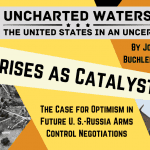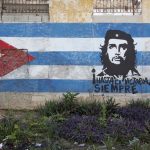Standing in the outskirts of western Huehuetenango, Juan Gonzalez described to me the fields which surrounded his childhood home during the 1970s. “Our family used to raise a few cows in this area,” he said softly, “I used to tend to one named Membrio.” The bull’s hair was tan and tough on the outside, like the quinces people often eat growing up in Guatemala. He remembered being very happy those days. “I grew up without shoes,” he said, “same as all my siblings…but we had enough for basic things…and we cared for each other.” But everything began to change for Gonzalez when a 7.6-magnitude earthquake struck in 1976 and the Guatemalan military started setting up l tents in those precious fields. His story captures the profound turmoil wrought by the Guatemalan military during the civil war, a pattern of disruption that continues to drive outwards migration extending even into the present.
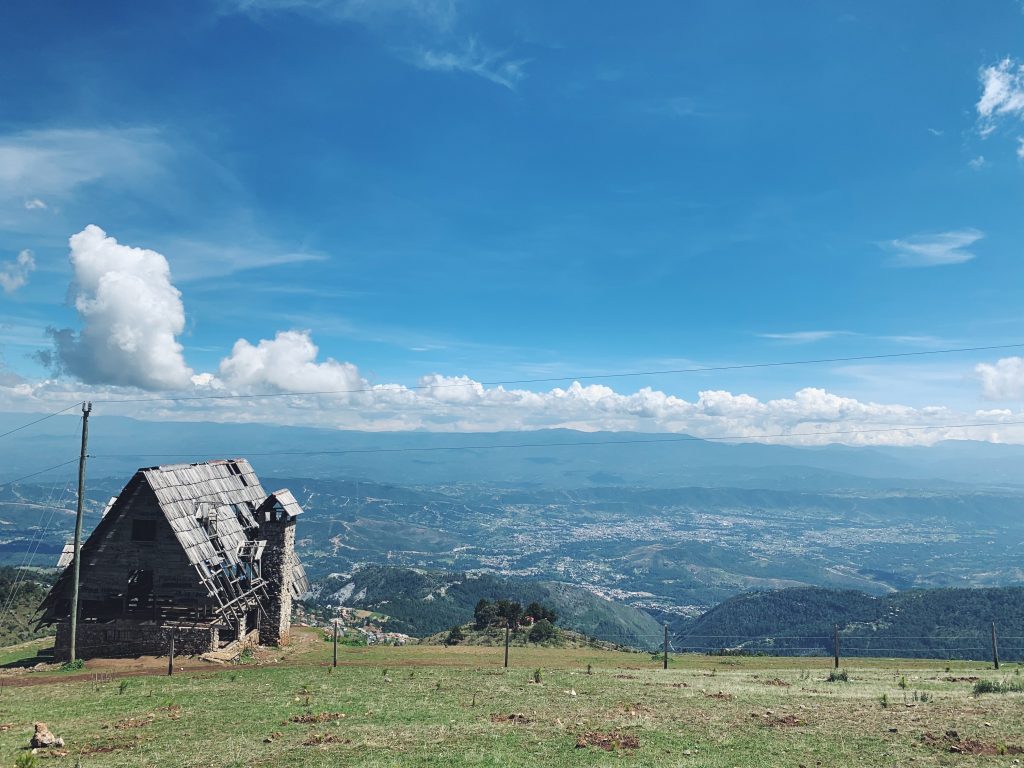
The soldiers began storming Huehuetenango in the aftermath of the 1976 terremoto (earthquake). The earthquake had leveled houses, roads, and bridges across the country, and the army needed to reconstruct critical infrastructure. Specifically, the military sought to build a new base in Huehuetenango, the Quinta Brigada de Infanteria MGS, as a staging ground for attacks against the insurgent Guerrilla Army of the Poor (EGP). The armed forces believed that this massive project could be achieved through the labor of hundreds of Huehueteco/as, who, in their view, would work for little money to build their damaged homes.
Gonzalez remembers being drawn into the Guatemalan military’s construction project in 1976. On his first day working on the base, he was tasked with trenching. He dug alongside indigenous Mayas who the army trucked in from neighboring villages to exploit for the most grueling tasks. Occasionally, the trenches would collapse, Gonzalez recalled, “and the ground would open and swallow people whole.” Twice a week, soldiers would arrive from Guatemala City in armored jeeps, carrying cases of cash to pay the laborers who earned roughly 30 cents for two weeks’ work.
Occasionally, the trenches would collapse, Gonzalez recalled, ‘and the ground would open and swallow people whole.‘
The army effectively transformed Huehuetenango’s western outskirts, the Gonzalez family’s neighborhood, into a full-blown military town. Despite the poor pay, “which was just barely enough for food,” hundreds flocked to the base to work as laborers, plumbers, masonry workers, and carpenters. They constructed sewer lines, guard towers, and prison cells. These workers did not know that such sites would later be used to torture suspected subversives.
For Gonzalez, who was 17 at the time, this period marked the end of his childhood. The Guatemalan Civil War had officially arrived in Huehuetenango. When construction on the base ended, the armed forces became a permanent feature in the town. Soldiers began infiltrating communities in the early 1980s, conscripting all the city’s men into patrols called the Patrullas de Autodefensa (PACs). These civil defense units were tasked with monitoring their own neighborhoods for suspicious activity. Troops would seize people off the streets near the town center or use comisionados (local military leaders) to ensure civilian participation. “None of us wanted to do it,” Gonzalez said, “but if you didn’t join, they could kill you for being a suspected guerrilla.”

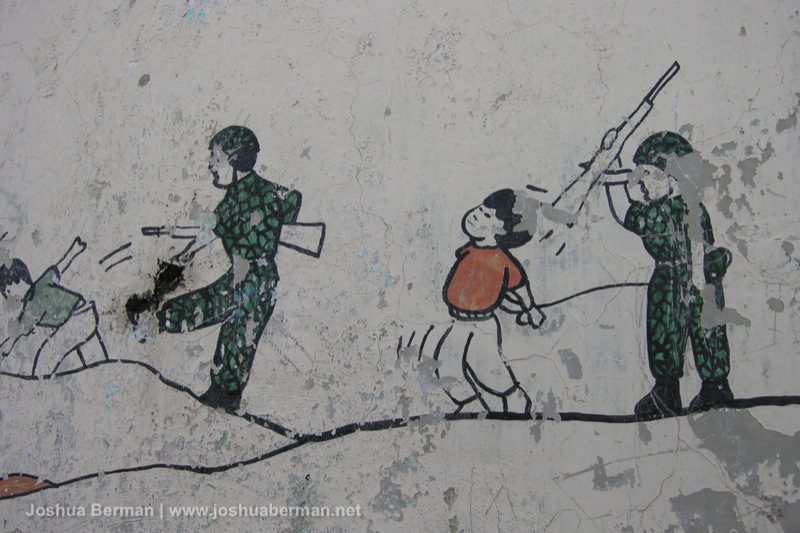
On some days, even PAC membership did not offer protection from the Guatemalan Army’s suspicion. Gonzalez’s brother, Antonio, recalled being ambushed by soldiers one day. The army — looking for guerrillas suspected of bombing a nearby airfield —grabbed Antonio off the streets near his home. The soldiers beat him up and strangled him. He only survived by pretending to be dead. “They eventually stopped,” Antonio said softly, “they said, ‘just leave him, he’s dead already’.”
This violent episode was one among many that consumed the life of the Gonzalez family during this period. “They grabbed me off the street too once,” he said, “and attacked me after bursting into my friend’s house.” He began planning when he could he leave home and which roads to take to avoid being stopped and frisked by troops.
By the mid-1980s, the military’s surveillance pushed Gonzalez into a deep depression. “I saw so much destruction,” he shared, “I knew people who just vanished…there was no future for any of us.” He felt sick constantly, from headaches, nausea, and fatigue. “I used to save all my money to go to the doctor…” he remembered, “and they would tell me nothing was wrong with me.” But eventually, Gonzalez decided to flee to the United States. “As soon as I made that decision…I felt healthy again…and suddenly there was hope.”
Gonzalez’s story reveals the effects of the Guatemalan military’s counterinsurgency campaign on one small community in Huehuetenango. Over the course of a decade, the armed forces transformed a relatively peaceful town into a military outpost. They conscripted citizens into their campaign and terrorized communities in the process. For people like Gonzalez, the troops reduced life to a set of strategies for survival and eliminated the hope of a better future. In many ways, this story captures the physical and emotional costs of the Guatemalan military project writ large.
Perhaps, most importantly, Gonzalez’s description of the army’s relentless intimidation during the Cold War also resonates with what historians Julie Gibbings and Heather Vrana call “post-peace Guatemala.” After the signing of the Peace Accords in 1996, which formally ended the Guatemalan Civil War, the country’s security forces continued to monitor young men across urban centers. Police officers routinely cast them as gang members or, at the very least, gang sympathizers. Such social marginalization has become a principal factor driving Guatemalan youth into gangs. In this way, the testimony of Juan Gonzalez not only highlights Guatemala’s longer history of state terror, but implores us to consider the continued human costs of police and military surveillance.
The views and opinions expressed in this article or video are those of the individual author(s) or presenter(s) and do not necessarily reflect the policy or views of the editors at Not Even Past, the UT Department of History, the University of Texas at Austin, or the UT System Board of Regents. Not Even Past is an online public history magazine rather than a peer-reviewed academic journal. While we make efforts to ensure that factual information in articles was obtained from reliable sources, Not Even Past is not responsible for any errors or omissions.
